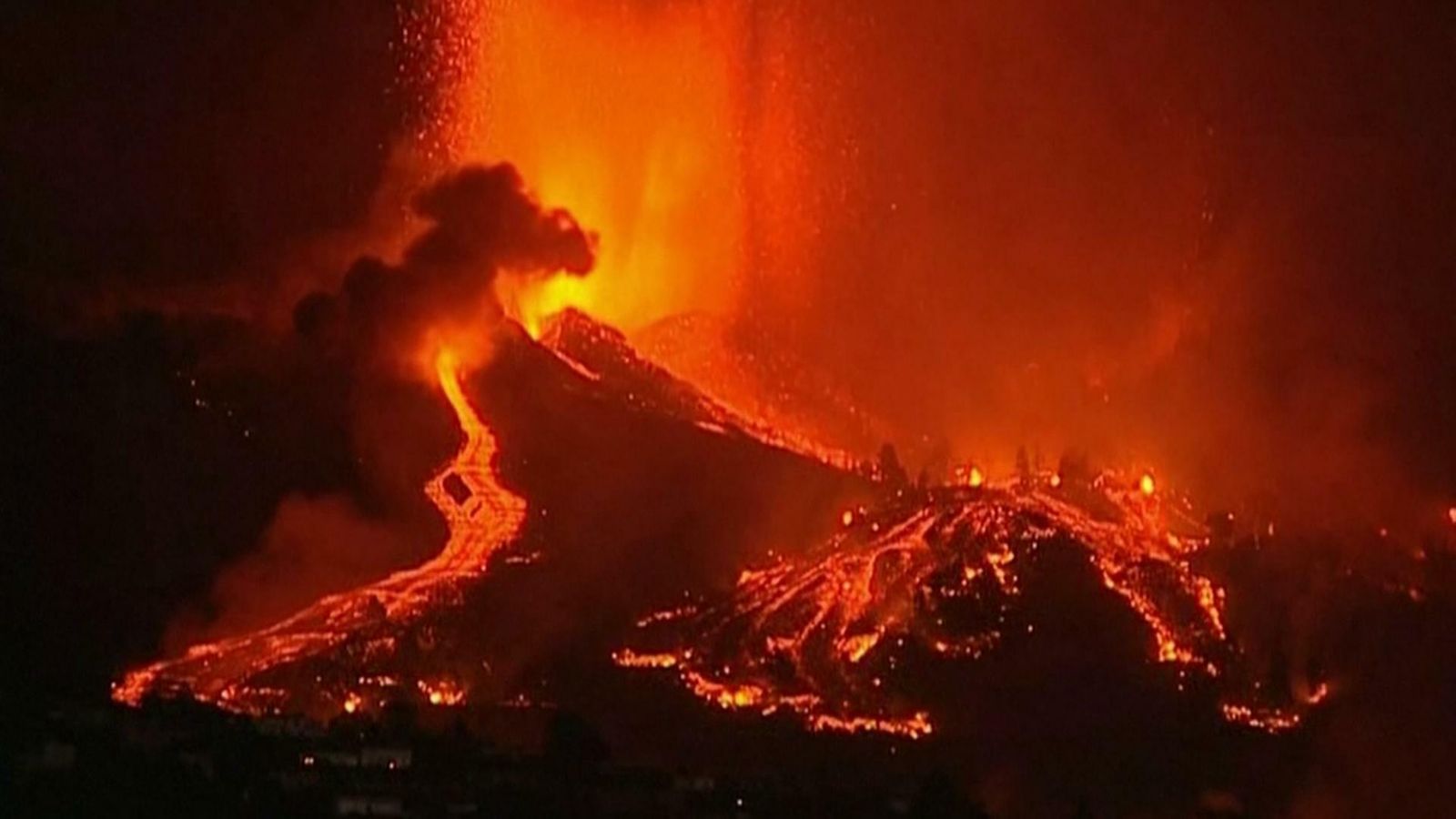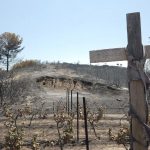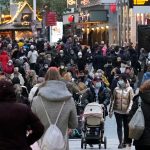A volcanic eruption on the island of La Palma that began in September has officially ended, authorities on the island have declared.
The announcement was made on Christmas Day after authorities on the Canary Island confirmed they had observed no lava flow, seismic activity or significant sulphur dioxide emissions from the volcano for 10 days.
Spanish Prime Minister Pedro Sanchez called the eruption’s end “the best Christmas present”.
Please use Chrome browser for a more accessible video player
But a representative from the Canaries’ volcanic emergency committee has warned that while the news is a relief, the scale of the destruction on the island means that the emergency in La Palma is not yet over.
Lava flows and molten rock that spewed from the Cumbre Vieja volcano destroyed 3,000 of La Palma’s buildings and ruined vital roads, irrigation systems and farmland.
The eruption is estimated to have caused over £760m of damage to the island’s infrastructure.
Authorities say that no deaths or injuries have been linked to the eruption, which started on 19 September.
Images of 2021 – the year in pictures: From the fall of Afghanistan to the rise of COVID once again
La Palma: Cumbre Vieja volcano remains silent for a second day raising hopes eruption has ended
La Palma: Residents warned to stay inside as fresh lava from volcano spills off coast of Spanish island
Black ash caused covered homes and plantations as it continued to flare throughout October and November.
The volcano’s activity levels fluctuated in the 85 days it erupted, with periods of reduced activity followed by reignition.
But hopes that it could be over were raised when the Cumbre Vieja fell silent on the evening of 14 December.
Volcanologists confirmed the eruption was exhausted on Saturday after monitoring gas, lava and tremors for the 10 days that followed.
The eruption is La Palma’s longest on record.






















